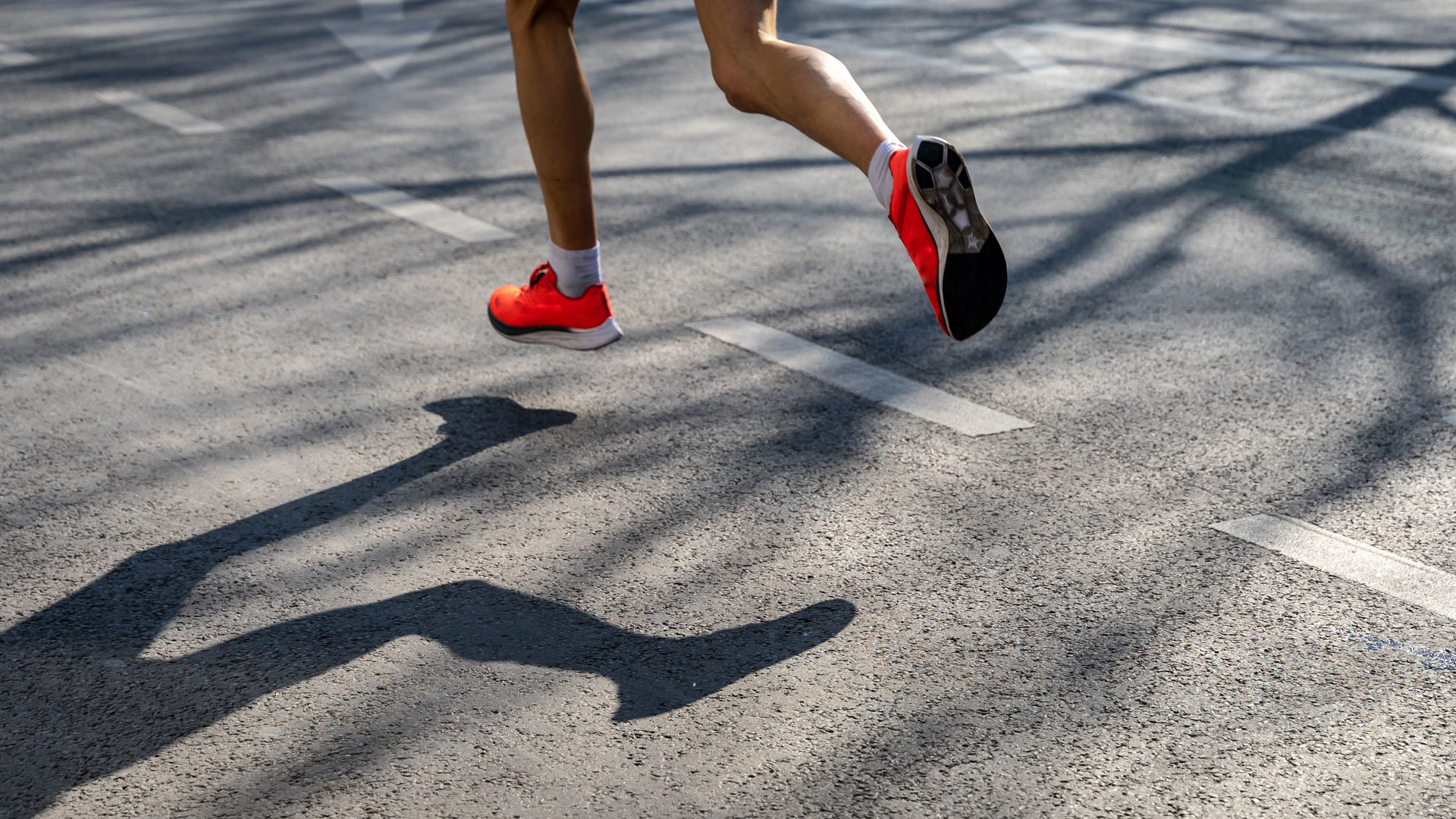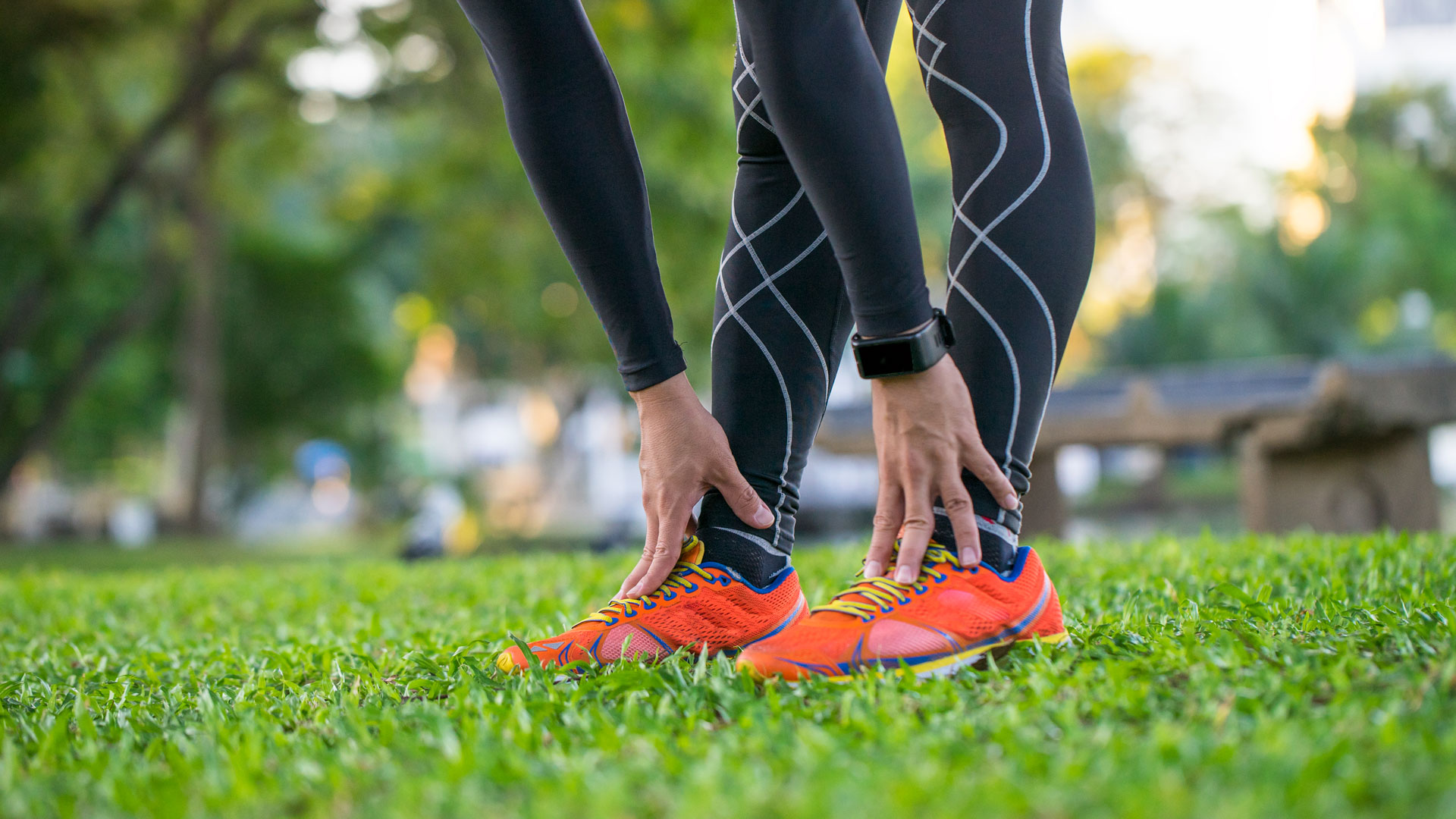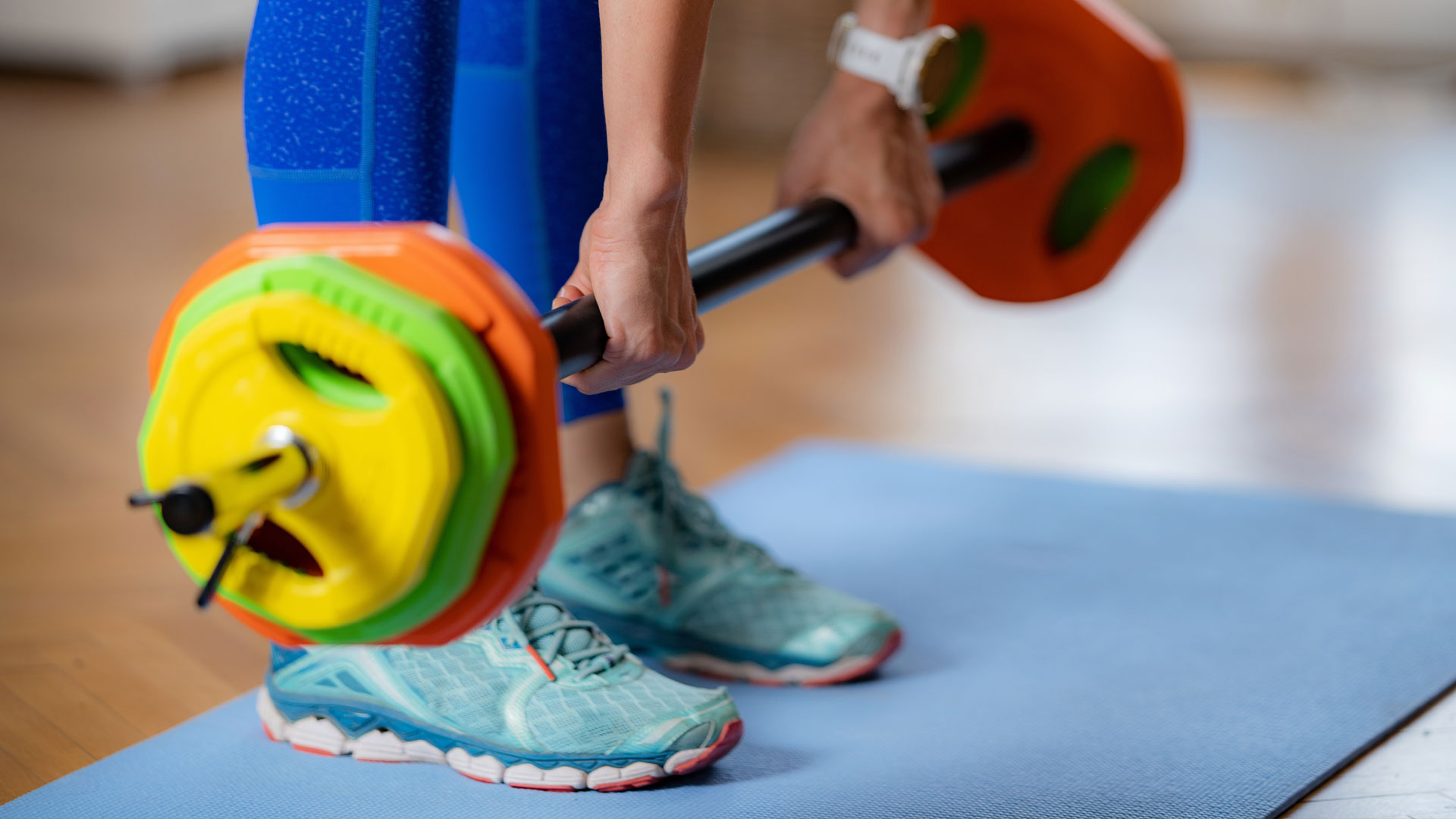How to run long distance
Wondering how to run long distance? We spoke to a running coach to get all the information you need


Learning how to run long distance is a process that takes time and patience and is one of the biggest challenges new runners face. You may get injured, bored, or find that you reach a specific distance and just can’t push past it.
Whether you’re training for an event or just want to stretch out your longer runs, physical and mental obstacles are expected. A lack of confidence may also factor in if you’re new to running. But rest assured, even the most accomplished distance runners were once complete novices!
The key is to take it slow and steady and try not to push yourself too far, too soon.It’s also important to make sure you’re well equipped with the best running shoes for men or the best running shoes for women to help prevent injuries. We spoke to an experienced running coach to find out how to run long distance, here’s what they had to say.
How to increase your running distance
Rachael Bruford is a UK Athletics running coach with over six years of experience. Her approach focuses on improving clients’ running and how running can transform their lives. Rachael has run 10 marathons and three ultra-marathons. Here are her top things to consider if you want to work towards running longer distances.
Warming up
“A warm-up may be a brisk walk for beginners, but as you start building up your distance, you’ll want to run at a really easy pace for anything between five and 15 minutes, depending on how far your run is. A cool-down jog followed by stretching and foam rolling can also benefit (we’ve rounded up the best foam rollers if you haven’t got one yet).

Speed
“When your main focus is to increase the distance you can run, it’s best not to focus too much on speed. What you may find, however, is that as you begin to run further, the speed at which you can run shorter distances naturally improves. Shorter distances, in general, feel much more manageable at your old pace or even at a slightly faster pace. For example, I know many runners who have achieved personal bests in distances such as 10km while coming to the end of a marathon training block.
Running form
“When you start building distance, it’s more important than ever to pay close attention to how you are running. When we get tired, we hunch forward, look at our feet, and land quite heavily. If you notice that you start doing this, try to run tall, take light, short, quick steps, and look ahead.
Get the Fit&Well Newsletter
Start your week with achievable workout ideas, health tips and wellbeing advice in your inbox.
“Try to stay as relaxed as possible. Keeping your shoulders relaxed will have a direct impact on your arm swing. As you swing your arms, focus on drawing them back using your shoulders, pointing your elbows directly behind you. When your arms come forwards, try not to allow them to cross over that imaginary line. You need to picture a fluid forward motion - when your arms cross the front of your body, you are expending energy in more of a sideways motion.
Pace
Although we are focusing primarily on building up distance, there are some different sessions you can do which allow you to vary your pace a little so that you are not just ‘plodding along’ for each run.
Incorporate surges:
Surges are essentially where you speed up for a certain amount of time before returning to your usual pace. A surge is not a massive increase in speed - think 10-20 seconds per kilometer. After your surge, you still need to run at a steady pace, so if you are finding it difficult, it means you are running your surges too fast.
Easy runs:
At least one run each week should be just that - easy! This should be at a conversational pace, and you should feel you're capable of running faster and further. This could be anything from 30-45 minutes, depending on how long your other runs are for.
Long run:
One run a week should focus on upping your distance. You can either increase the time you run for or the distance you cover. If you’re new to running, it is probably best to focus on the duration of runs, increasing this time slightly each week. Long runs should be run at a leisurely pace because their purpose is to build stamina, both physically and mentally.
Progression run:
Progression runs are a fun and great way to vary your training. The idea is to run each kilometer faster than the last. This means you need to stay in control in those early kilometers. Aim to be 10 seconds faster each time.
How to prevent boredom when running
The key to preventing boredom when increasing your running distance is to keep things as varied as possible. It would be hard for anyone to stay motivated if they were running the same routes at the same pace for longer and longer each week. Varying your route and the type of terrain you run on can also help.
Joining a running club or working with a coach can help keep you accountable and focused on the bigger picture. Clubs are a great way to meet new people and have a good chat while you run, while a coach can incorporate different types of runs that will build your distance and keep things interesting without doing too much too soon.
Strength training

Strength training is crucial as you become more serious about running and start running more often. It can help prevent injuries, improve imbalances that might affect your running form, and prevent your body from fatiguing too early.
Runners, in general, need to focus on their core and glutes, as this is where we tend to have weaknesses. Also, as running involves a lot of time on one leg or the other, you should ensure that you include a lot of single leg work, such as single-leg deadlifts. Some go-tos also include single-leg bridges, lunges, step-ups, squats, and side steps with a resistance band. For ideas on where to get started, head to our features on how to deadlift with dumbbells or try out lunges with weights.
It also helps to do mobility exercises regularly. There are many running-focused strength coaches, and it is worth seeing a physio who is experienced with runners to regularly give you exercises to prevent any potential injuries.
For more on this find out the benefits of running and take a look at walking or running: which is better for weight loss.
Catherine is a freelance journalist writing across titles such as Verywell Health, Healthline, The Daily Telegraph, Refinery29, Elle, and Vogue. She specializes in content covering health, fitness, wellness, and culture. A once reluctant runner, Catherine has competed in 30 running events in the past five years and looks forward to one day running the London Marathon.